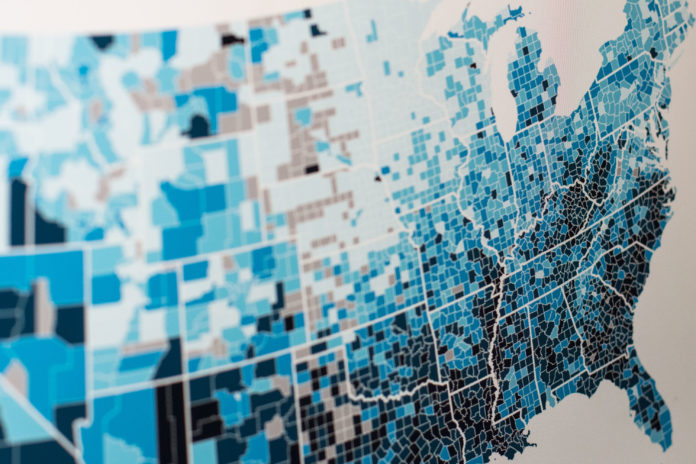
Americans are borrowing more for their auto loans than ever before. According to Expedian, the average loan for a new vehicle hit $31,099 earlier this year, and $19,589 for used cars. Both figures set records. Correspondingly, Americans are having more trouble paying their vehicle loans, even as they extend their loan terms longer than ever before.
“I think we’re certainly at a point where affordability is a question,” said Melinda Zabritski, Experian’s senior director of automotive finance solutions. “When you look at how much income you need to support that payment, it certainly is higher than your average individual income.”
There are many reasons for the record high auto loan levels. Americans still prefer larger vehicles such as SUVs and trucks, which tend to be more expensive, and interest rates are still rising, meaning that even customers with good credit scores are paying more. Meanwhile, wages, for much of the country, have stagnated.
High interest rates, high vehicle prices and big loans generally lead to another dark place: loan defaults. A new interactive map created by the Urban Institute graphically plots the geography of auto loan debt and delinquency in the U.S. at the state and county level to show who is bearing the brunt of this auto debt burden, and where. The map shows the geography of debt in America at the national, state, and county levels, and is clickable.
Geography and demographics are strongly associated with Americans’ ability to keep current on auto loans. While white Americans tend to have more car loan debt, it’s Americans of color who have more loan delinquencies. About 30 percent of Americans overall have car loans. For white Americans, this figure is 32 percent, and for non-white Americans, the figure is 25 percent.
“What’s much more interesting in the map is not who has the loan, but who’s in trouble with it,” said UI’s Signe-Mary McKernan, one of the study’s lead researchers. She noted that the data should encourage policy makers to ask, “What are the barriers here? What’s going on? Why are these higher? Is it that there are predatory practices in these communities?”












